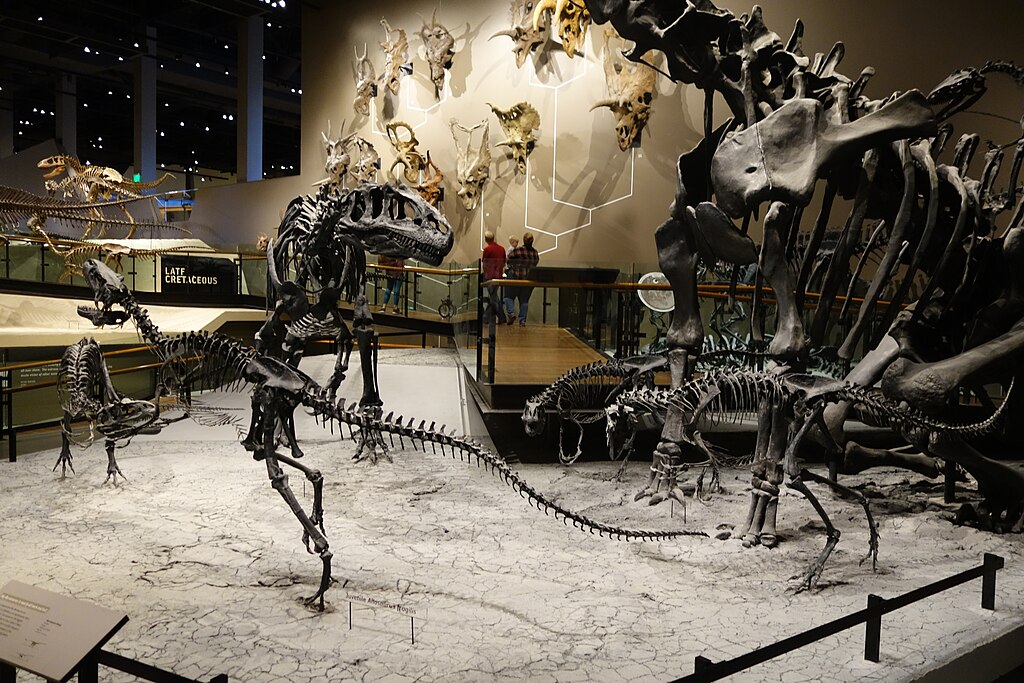Dinosaurs, those magnificent creatures that dominated Earth for over 165 million years, have long captivated our imagination. While we’ve traditionally envisioned them in shades of green and brown based on modern reptiles, recent scientific breakthroughs have revolutionized our understanding of dinosaur coloration. These discoveries suggest that many dinosaurs may have been far more colorful than previously thought, with vibrant plumage and striking patterns potentially playing crucial roles in their mating behaviors. Just as peacocks display their magnificent tail feathers and birds of paradise perform elaborate dances to attract mates today, dinosaurs likely engaged in complex courtship rituals where color served as a vital component of sexual selection. This article explores the fascinating intersection of dinosaur coloration and mating behaviors, shedding light on how these prehistoric animals might have used their visual appearance to find suitable partners.
The Revolution in Understanding Dinosaur Coloration
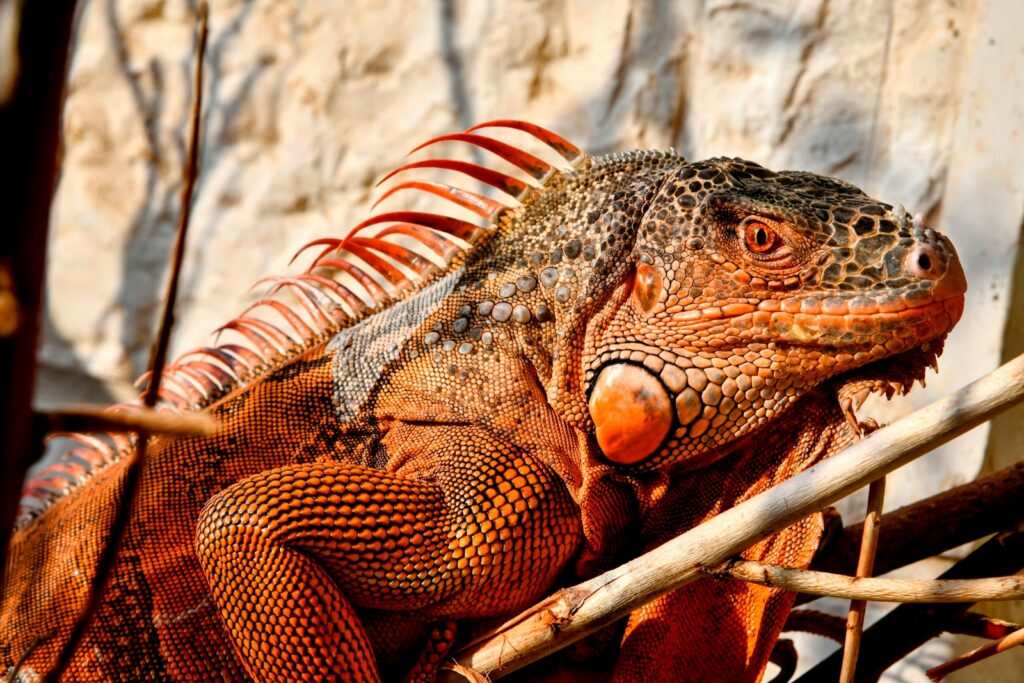
For most of paleontological history, scientists could only speculate about dinosaur colors, relying on comparisons with modern reptiles and contextual clues from fossils. This changed dramatically in the early 2000s with the discovery of melanosomes—microscopic structures containing pigments—preserved in exceptionally well-preserved fossils. The breakthrough came in 2010 when researchers identified melanosomes in the 125-million-year-old feathered dinosaur Sinosauropteryx, revealing it had a reddish-brown striped tail. This revolutionary finding opened the door to scientifically determining the actual colors of extinct dinosaurs rather than relying on artistic interpretation. Since then, paleontologists have developed increasingly sophisticated methods to analyze fossil melanosomes, identifying various pigments that would have created colors ranging from black and brown to iridescent blues and vibrant reds. These discoveries have fundamentally transformed our understanding of dinosaur appearance and, consequently, their potential mating behaviors.
Sexual Selection and Its Evolutionary Importance
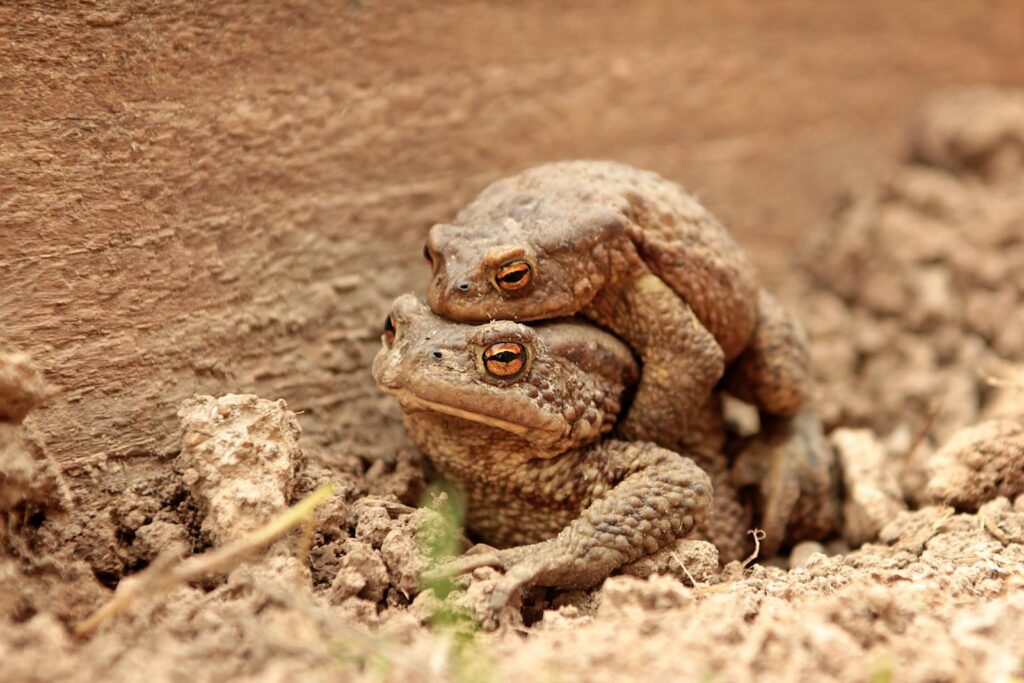
Sexual selection, a concept first proposed by Charles Darwin, explains how certain traits evolve not because they help an organism survive but because they increase success in attracting mates. This evolutionary process has driven the development of spectacular features across the animal kingdom, from the elaborate antlers of deer to the vibrant plumage of tropical birds. In many modern species, bright colors and elaborate displays serve as honest signals of genetic quality, health, and fitness—indicators that allow potential mates to assess reproductive value. For dinosaurs, particularly those with feathers or other display structures, color likely played a similar role in sexual selection. Particularly vibrant or complex color patterns may have signaled to potential mates that an individual was healthy, well-fed, and possessed good genes worth passing to offspring. The evolutionary pressure to attract mates could explain why some dinosaurs developed such elaborate features and potentially vivid coloration.
Evidence from Modern Birds: Dinosaurs’ Living Descendants

Birds, as the direct descendants of theropod dinosaurs, provide valuable insights into dinosaur behavior, including possible mating rituals. In modern birds, sexual dimorphism—where males and females differ in appearance—often manifests through dramatic color differences, with males typically displaying more vibrant plumage to attract females. The peacock’s magnificent tail, the cardinal’s bright red feathers, and the bird of paradise’s spectacular displays all evolved primarily for courtship. These features come at a survival cost, making the animals more visible to predators, yet persist because of their advantage in mate attraction. Since birds inherited their reproductive strategies from their dinosaur ancestors, it’s reasonable to infer that similar color-based sexual selection operated in dinosaurs. Some exceptionally preserved fossils even show evidence of display features like crests, frills, and elongated feathers that likely served courtship functions, suggesting dinosaurs may have had equally elaborate mating rituals centered around visual displays.
Microraptor: The Iridescent Dinosaur
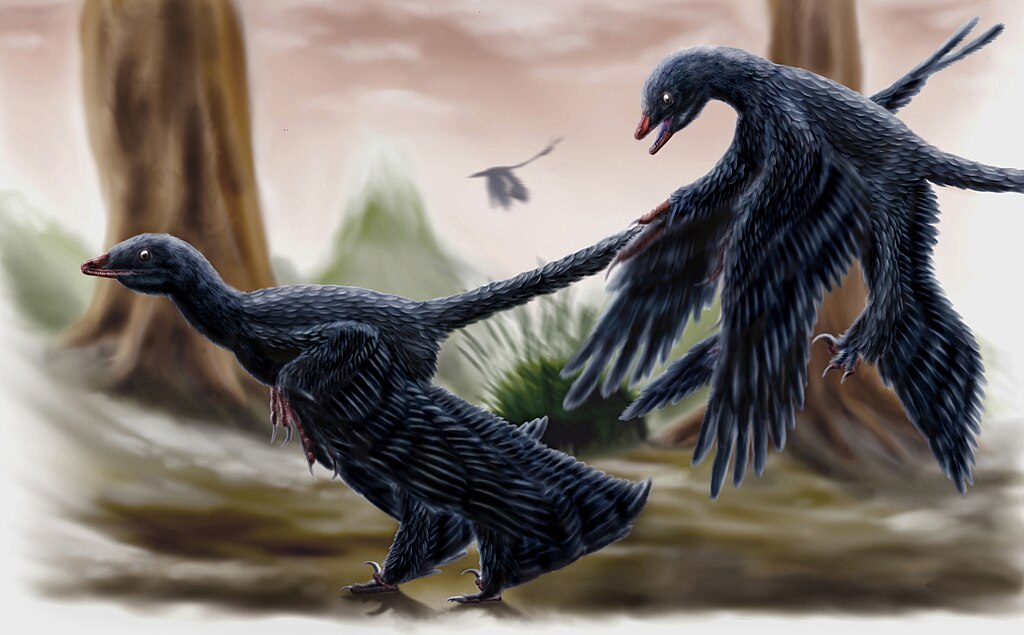
Microraptor, a crow-sized four-winged dinosaur from Early Cretaceous China, provides one of the most compelling examples of dinosaur coloration potentially related to mating displays. In 2012, researchers analyzed well-preserved Microraptor fossils and discovered evidence of melanosomes arranged in a way that would have created iridescent, glossy black plumage similar to modern crows and ravens. This iridescence would have created a shimmering effect as the animal moved, catching light and potentially attracting attention from potential mates. The arrangement of these color-producing structures doesn’t appear to serve any camouflage purpose, suggesting they evolved for display. Particularly interesting is that Microraptor’s iridescent plumage covered its entire body, unlike many modern birds where only males display bright colors. This might indicate that both male and female Microraptors participated in mutual mate selection, or that the species used these visual signals for other social communications beyond mating.
Caihong Juji: The “Rainbow Dinosaur”

Discovered in China and announced to the world in 2018, Caihong juji (meaning “rainbow with a big crest”) represents one of the most spectacular examples of dinosaur coloration. This chicken-sized theropod dinosaur from approximately 161 million years ago possessed iridescent feathers that would have shimmered with rainbow-like colors similar to modern hummingbirds. Researchers identified platelet-shaped melanosomes in the head and neck feathers that produce iridescent colors in modern birds. What makes Caihong particularly interesting for understanding mating behaviors is that it combined multiple potential display features: iridescent plumage, a bony crest on its head, and long tail feathers. This combination of ornamental features strongly suggests sexual selection was at work, with individuals potentially competing for mates through visual displays. The concentration of iridescent feathers around the head and neck region parallels the display areas in many modern birds, suggesting these areas were focal points during courtship rituals.
The Role of Crests, Frills, and Horns in Visual Displays
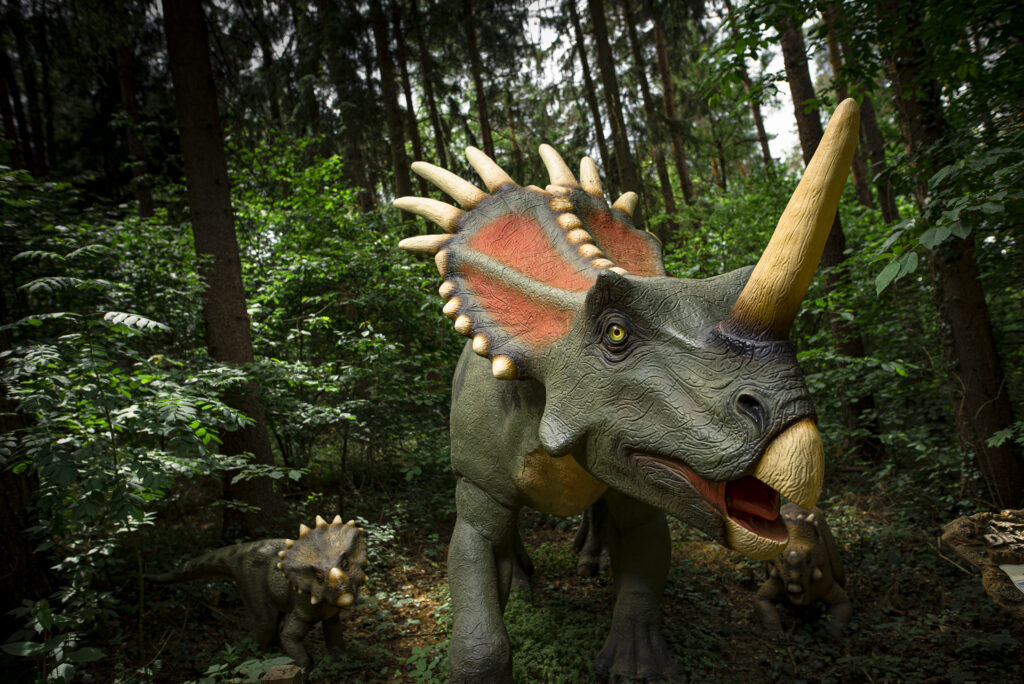
Beyond feather coloration, many dinosaurs possessed elaborate cranial ornaments like crests, frills, horns, and bosses that likely played roles in visual mating displays. The famous Parasaurolophus with its long, hollow crest, Triceratops with its magnificent frill and three horns, and Dilophosaurus with its twin head crests represent just a few examples of dinosaurs with pronounced ornamental features. While these structures served multiple purposes, including species recognition and possibly thermoregulation, sexual selection was likely a primary driver of their evolution. In many cases, these features show evidence of being more developed in what scientists believe were male specimens, suggesting sexual dimorphism similar to modern animals. The colors of these display structures would have enhanced their visual impact significantly. A brightly colored Triceratops frill, for example, could have served as a dramatic billboard advertising genetic fitness to potential mates, with more vibrant individuals potentially enjoying greater reproductive success.
Anchiornis: Clues to Courtship Displays
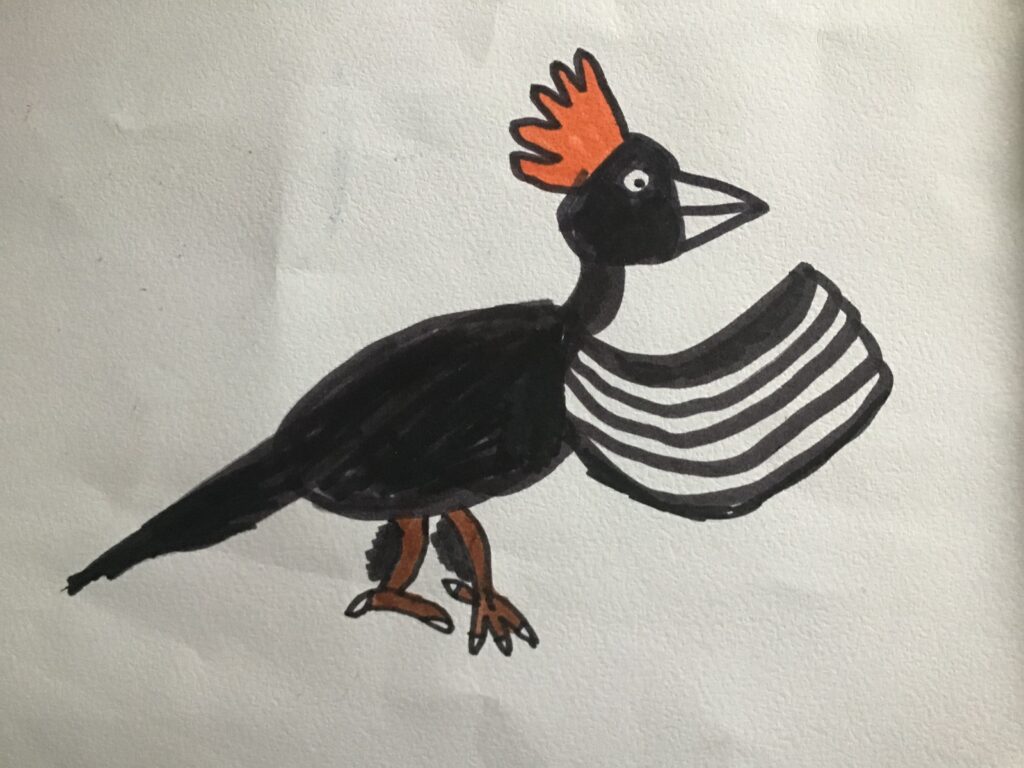
Anchiornis huxleyi, a small feathered dinosaur from Late Jurassic China (approximately 160 million years ago), provides one of the most complete color reconstructions of any dinosaur. Through detailed analysis of preserved melanosomes, scientists determined this crow-sized dinosaur had a primarily gray body with white-striped wings and a reddish-brown crest on its head. This striking pattern of contrasting colors strongly suggests a display function rather than camouflage. Particularly telling is the bright crest, a feature that would have made the animal more visible to predators but potentially more attractive to mates. The distribution of colors on Anchiornis parallels patterns seen in modern birds that engage in complex visual courtship displays. The white-striped wing patterns would have been particularly visible during movement, suggesting Anchiornis might have engaged in wing-displaying behaviors similar to modern birds. This color pattern, preserved across multiple specimens, offers compelling evidence that visual displays were important components of dinosaur mating systems over 160 million years ago.
The Peacock Hypothesis in Dinosaur Evolution
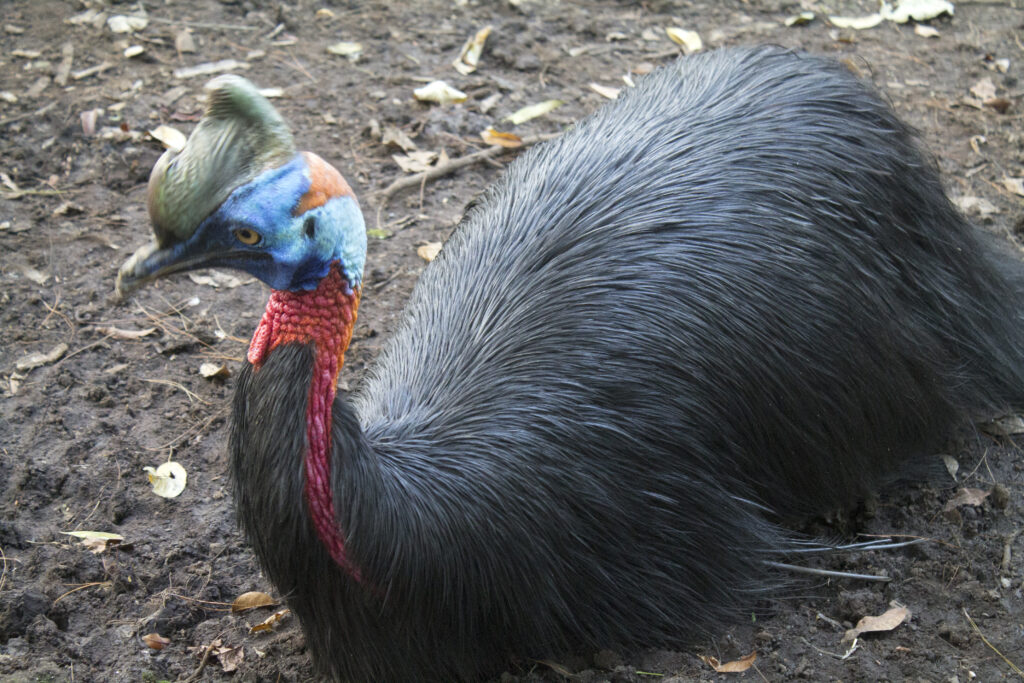
The extravagant tail of the male peacock provides a powerful modern example of how sexual selection can drive the evolution of seemingly impractical features that actually hinder survival. Paleontologists now apply this “peacock hypothesis” to explain many elaborate dinosaur features that may have evolved primarily for mating displays rather than survival advantages. Dinosaurs like Archaeopteryx with its long feathered tail, Caudipteryx with its fan-like tail plumes, and various oviraptorids with their elaborate head crests all possessed features that likely served display functions similar to peacock feathers. The colors of these structures would have been crucial to their effectiveness as sexual signals. Recent research suggests that, like modern birds, dinosaurs may have been able to perceive an even wider range of colors than humans, including ultraviolet wavelengths. This enhanced color vision would have made visual displays even more important in mate selection, potentially driving the evolution of color patterns invisible to predators but visible to potential mates with similar visual systems.
Dinosaur “Dance Floors” and Courtship Arenas
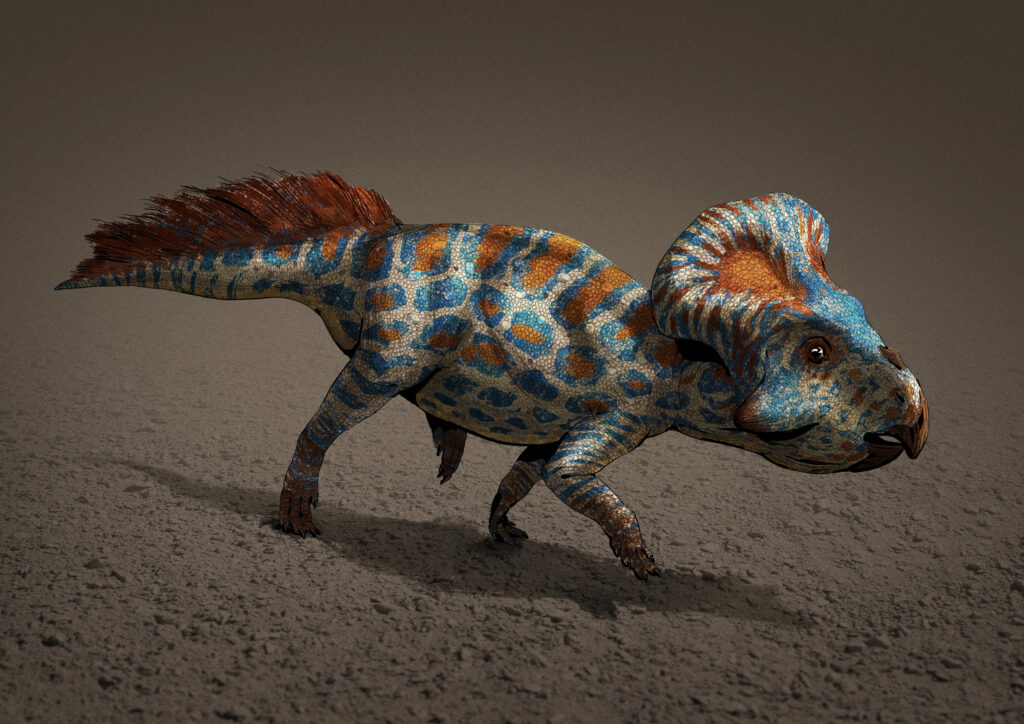
Some fascinating evidence for dinosaur mating displays comes from preserved “scrape sites” where dinosaurs appear to have performed courtship rituals. These sites, discovered in Colorado and Wyoming, contain numerous parallel scrapes in the ground made by theropod dinosaurs, similar to the display arenas or “leks” created by modern ground-nesting birds like prairie chickens and turkeys. At these sites, male dinosaurs likely gathered to perform competitive displays for females, with color playing a crucial role in these performances. The discovery of these 100-million-year-old scrape marks suggests that some dinosaurs engaged in elaborate courtship rituals involving both movement and visual displays. Modern birds that create similar display arenas typically combine their ground displays with visual signals including bright colors and specific postures. The preservation of these dinosaur “dance floors” provides compelling behavioral evidence supporting the hypothesis that visual displays, including color, played important roles in dinosaur mating systems.
Sexual Dimorphism and Color Differences Between Males and Females
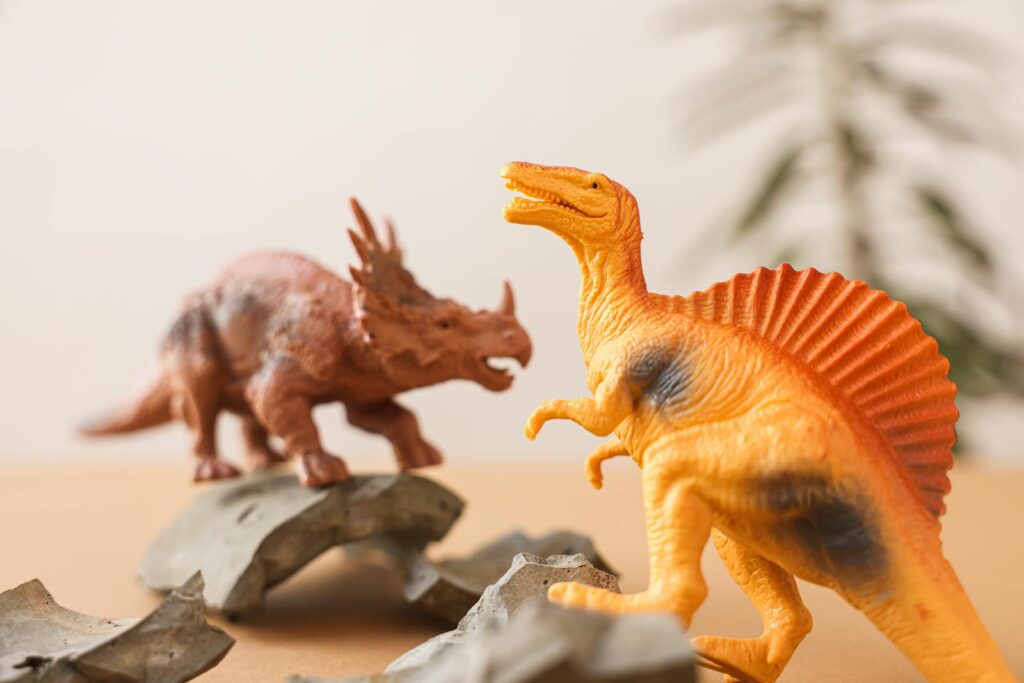
Sexual dimorphism—physical differences between males and females of the same species—often manifests through color variations in modern animals, and evidence suggests similar patterns existed in dinosaurs. Identifying sex-based differences in dinosaur fossils presents challenges, but several cases provide tantalizing clues. In some oviraptorids, differences in crest size likely represented sexual dimorphism, with the larger-crested individuals presumably being males who used these structures in mating displays. Similar patterns appear in the frills of ceratopsians and the crests of hadrosaurs. While direct evidence of color-based sexual dimorphism remains elusive in the fossil record, the presence of structural dimorphism strongly suggests that visual differences, including color, distinguished males from females in many dinosaur species. In some cases, this dimorphism might have been seasonal, with males developing more vibrant colors during breeding seasons—a pattern common in modern birds. This temporary color enhancement would be unlikely to preserve in fossils but represents a plausible aspect of dinosaur mating systems.
The Challenge of Determining Mating Behaviors from Fossils
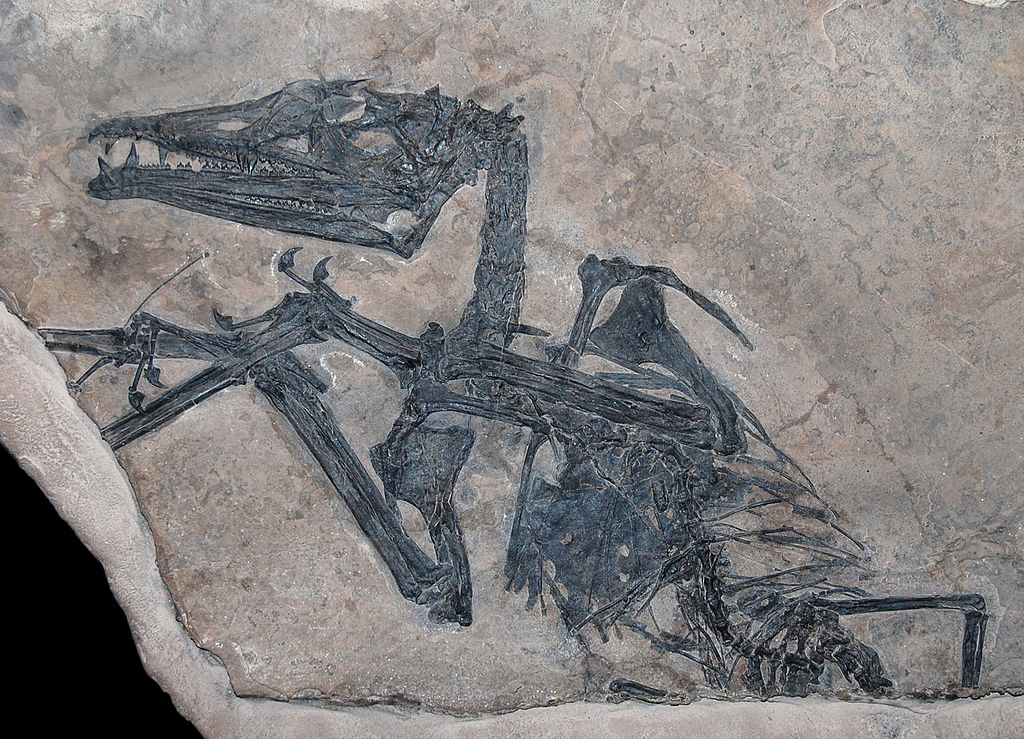
Despite exciting advances in understanding dinosaur coloration, significant challenges remain in definitively linking these colors to mating behaviors. The fossil record, while increasingly informative, remains incomplete and biased toward exceptional preservation conditions. Even when color evidence is preserved, determining whether these colors evolved for camouflage, species recognition, thermoregulation, or mating displays involves considerable inference. Additionally, melanosomes preserve better than other color-producing structures, potentially biasing our understanding toward certain color types. Scientists must also contend with the possibility that colors changed throughout an animal’s life or seasonally, further complicating interpretations. To address these challenges, paleontologists employ multiple lines of evidence, including comparisons with living relatives, examination of morphological features likely used in displays, and consideration of the ecological context in which the animals lived. This multidisciplinary approach helps build increasingly confident reconstructions of dinosaur appearance and behavior, though some aspects of their mating systems may remain speculative.
Future Research Directions in Dinosaur Coloration

The field of dinosaur color research continues to advance rapidly, with several promising directions likely to yield new insights into mating behaviors. Improved chemical analysis techniques may allow scientists to identify a wider range of pigments beyond melanin, potentially revealing more complex color patterns. Comparative studies examining color patterns across related dinosaur species could help identify evolutionary trends related to sexual selection. Advanced computer modeling of dinosaur visual systems may provide insights into how these animals perceived colors, including whether they could see ultraviolet or infrared wavelengths that would influence mating displays. Researchers are also developing more sophisticated methods to determine the sex of dinosaur specimens, which would allow direct testing of hypotheses about sexual dimorphism in coloration. As these research avenues progress, our understanding of dinosaur mating systems will become increasingly nuanced. Particularly exciting is the potential to examine specimens across growth stages to identify when display colors developed, potentially indicating sexual maturity and mating readiness.
Implications for Our Understanding of Dinosaur Behavior and Evolution
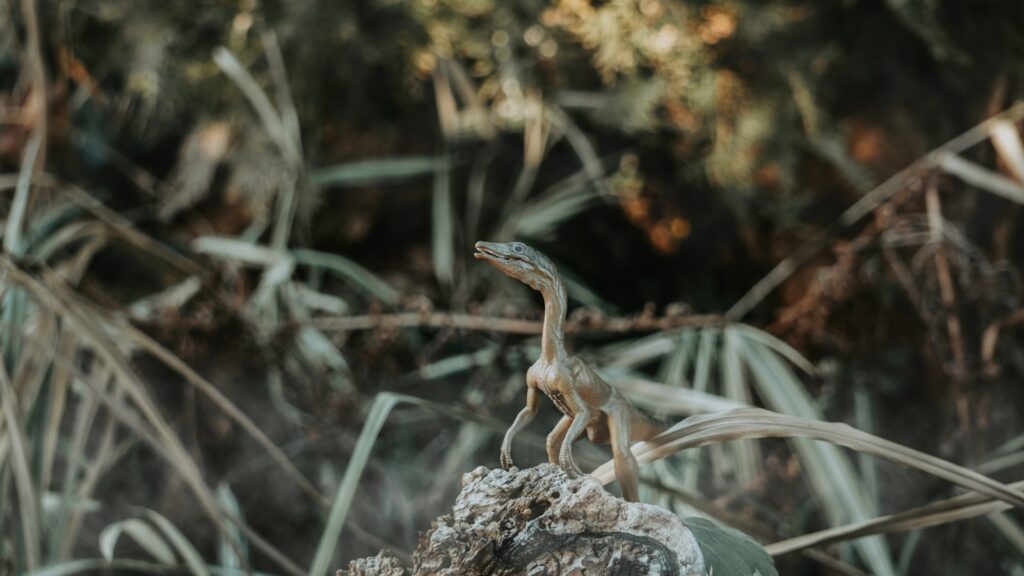
Research into dinosaur coloration and its role in mating behaviors has profound implications for our broader understanding of these animals as living creatures rather than just fossilized skeletons. The evidence for complex visual displays suggests dinosaurs led more behaviorally sophisticated lives than previously thought, engaging in elaborate social interactions comparable to modern birds. This research also provides important insights into dinosaur ecology, suggesting that many species invested significant evolutionary resources in reproduction-related features rather than survival adaptations alone. Perhaps most significantly, understanding dinosaur mating displays helps bridge the evolutionary gap between non-avian dinosaurs and birds, demonstrating behavioral continuity across this transition. The vivid colors and complex displays of modern birds no longer appear as evolutionary novelties but rather as inheritance from their dinosaurian ancestors. By reconstructing these intimate aspects of dinosaur lives, paleontologists transform our perception of these animals from static museum displays to dynamic creatures engaged in the timeless evolutionary dance of finding mates and passing genes to the next generation.
Conclusion
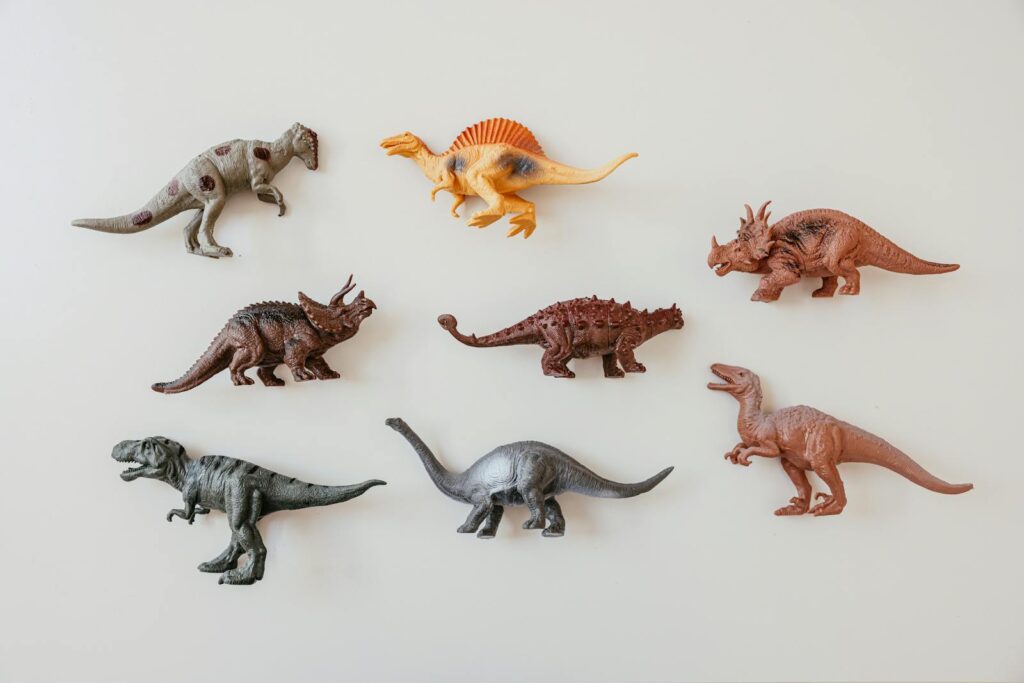
The emerging evidence for colorful dinosaurs with complex mating displays fundamentally transforms our understanding of these ancient creatures. Far from the drab, reptilian monsters of older depictions, many dinosaurs were likely vibrant animals engaged in sophisticated social behaviors centered around visual communication. The parallels between dinosaur coloration and the elaborate displays of modern birds provide a compelling window into prehistoric mating systems. While much remains speculative and the fossil record will always present limitations, the scientific consensus increasingly supports the view that color played crucial roles in dinosaur courtship. As research techniques continue to advance, we can expect even more detailed reconstructions of dinosaur appearance and behavior, further illuminating the complex lives of these extraordinary animals that dominated Earth for so long. These insights not only enhance our appreciation of dinosaurs but also deepen our understanding of evolutionary processes that shape all life, including the spectacular colors and displays that make our natural world so remarkable.




